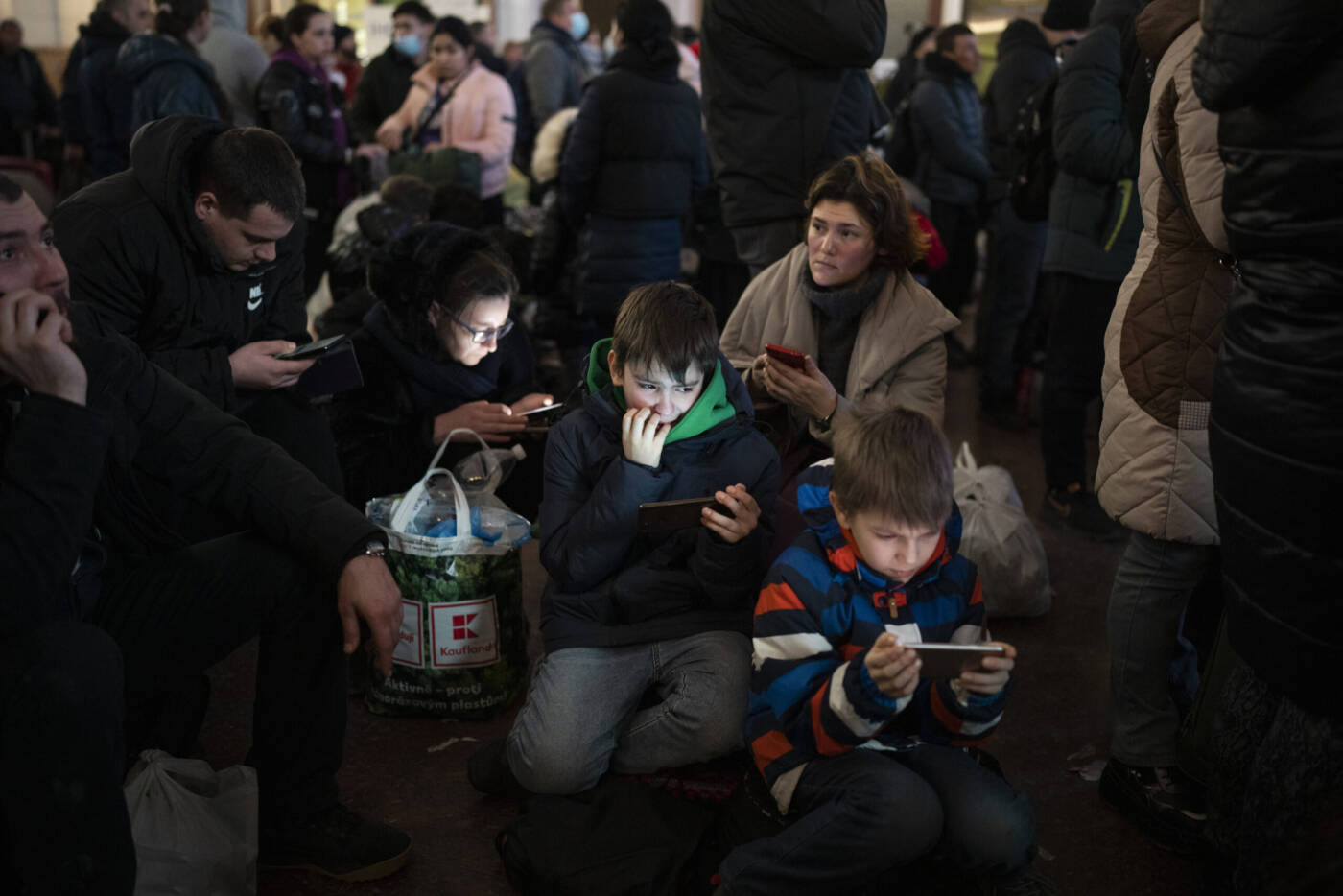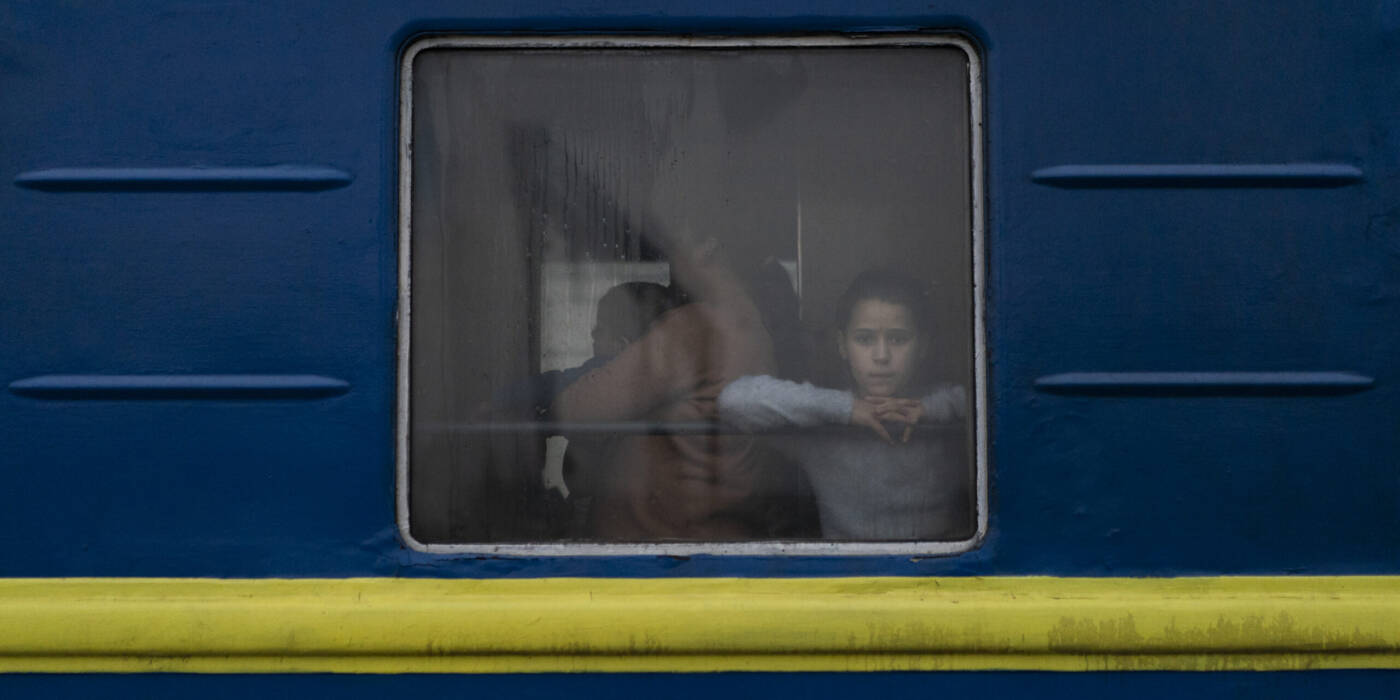Environmental Consequences of Modern War
In our present world, the reverberations of war extend far beyond the immediate chaos of the battlefields. They seep into our environment, leaving a trail of destruction that is both profound and lasting. The modern conflicts in Ukraine and Palestine offer a grim tableau of this reality, where the environmental toll is as significant as the human cost.
Battlefields and Nature
Reports from around the globe reveal the extensive environmental damage that modern warfare inflicts. In Ukraine, this reality is profound. The New York Times stories on the war’s impact on the country’s natural landscapes, where ecosystems and biodiversity bear the brunt of conflict. The war has not only shattered lives but also left indelible marks on the environment, disrupting the delicate balance of nature.
Research by Deepak Rawtani and Paulo Pereira, published in Science of the Total Environment, underscores the long-term environmental consequences of these conflicts. The damage lingers, exacerbating existing environmental challenges and contributing to a broader climate crisis. The war’s impact on the environment is a slow poison, one that continues to harm long after peace is declared.
Their findings, revealing extensive ecological damage from water contamination to soil degradation, highlight the complex and enduring nature of war’s environmental toll. This depth of understanding underscores the critical role of journalism in illuminating the broader, often unseen consequences of conflict. By bringing these aspects to the forefront, journalists not only inform public discourse but also contribute to a more comprehensive grasp of war’s long-term impact, emphasizing the need for environmental considerations in both reporting and policy-making.
The Human Face of Environmental Destruction
The cost of war, however, is measured not in ecological terms but in human suffering and casualties. The photographs of MÓN’s member Daniel Cole capture the reality of those caught in the crossfire. In Ukraine, families are torn apart, and children are uprooted; tales of the human tragedy that accompanies war. Similarly, in the Palestine-Israel conflict area, the ongoing conflict and displacement underscore a relentless struggle for survival.
The intersection of human and environmental impacts in these conflicts reveals a pattern of destruction. As forests fall and rivers turn toxic, the air thick with the acrid tang of destruction, people find themselves caught in a relentless cycle of loss and despair.
In these altered landscapes, the essence of human existence is under siege. The air we breathe, the water we drink, and the soil that feeds us are poisoned by the tools of conflict, leaving behind a legacy of suffering that transcends generations. It’s a silent torment that lingers long after the guns have fallen silent, a reminder of the profound interconnectedness of our lives with the earth we inhabit.
The environmental consequences of modern war, as witnessed in Ukraine, Russia, Palestine, and Israel, highlight the intertwined nature of human and environmental health. The narratives of those affected, combined with the evidence of ecological damage, underscore the need for a renewed commitment to peace, sustainability, and a deeper understanding of the true cost of conflict. As we continue to document these stories, we aim to not only show but also to drive action towards a more peaceful and sustainable world.


